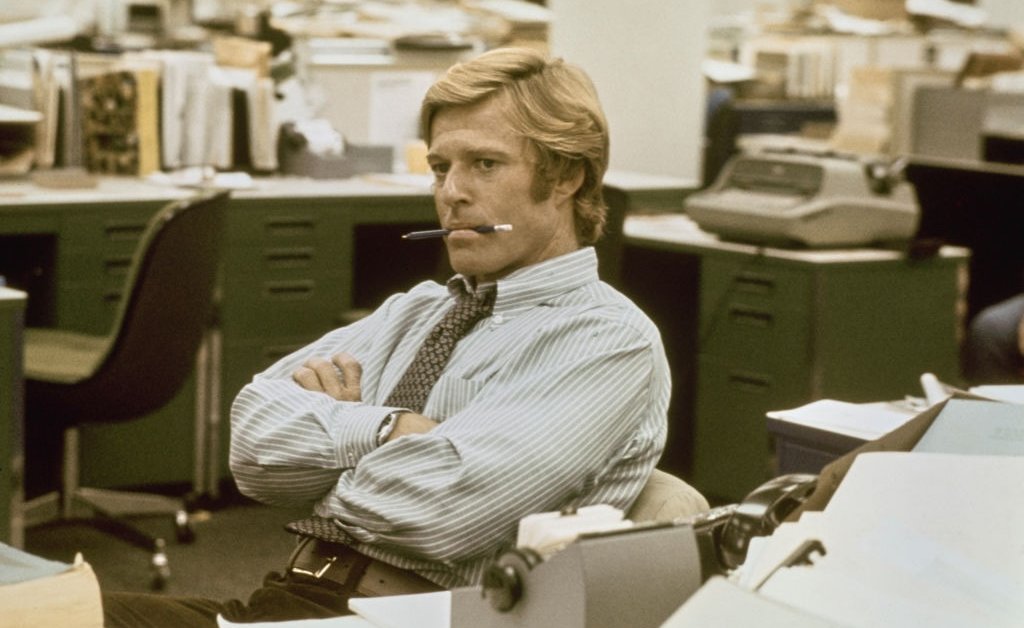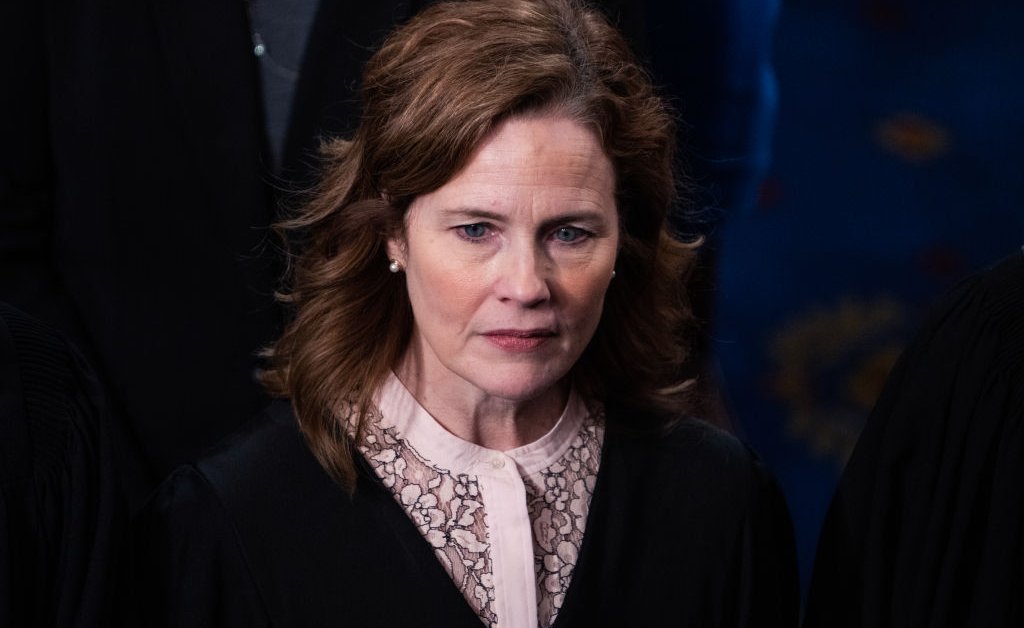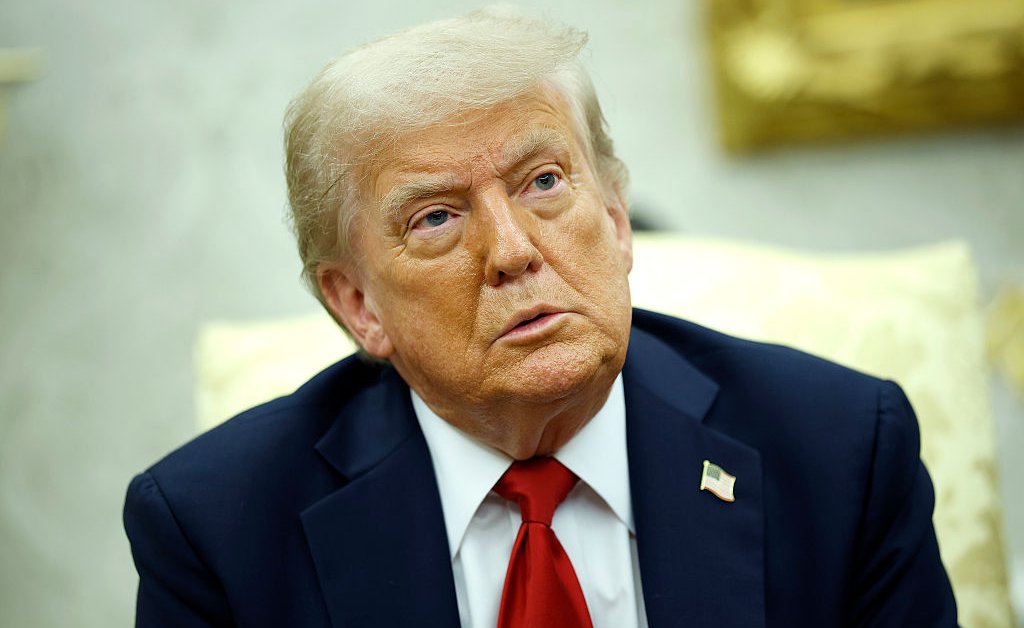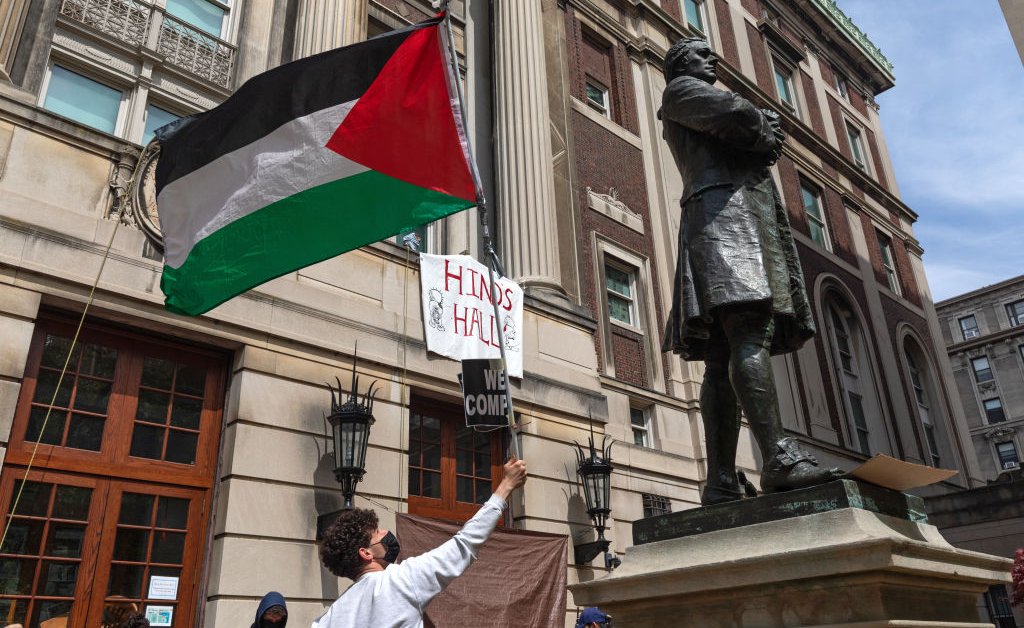Robert Redford, the actor and Academy Award-winning director, died Sept. 16 at the age of 89.
Redford became “the most sought-after actor in town” when The Way We Were and The Sting were released while he was filming The Great Gatsby, TIME reported in 1974.
Two years later, the hit film All the President’s Men came out, inspired by the true story of how Washington Post investigative reporters Bob Woodward (played by Redford) and Carl Bernstein (Dustin Hoffman) uncovered details about the Nixon administration’s involvement in the Watergate scandal, leading President Richard Nixon to become the first U.S. president to resign.
But the movie almost didn’t happen. It took a long time for The Washington Post to trust Redford to tell its story. Here’s a look at how the film came to be.
Gaining trust
According to a 1976 TIME cover story on the making of the film, Redford was inspired to make the movie after overhearing a group of journalists at a junket for his movie The Candidate discuss the bungled break-in of the Democratic National Committee’s office in the Watergate apartment building in 1972 and speculating that Nixon must have known about it.
As TIME reported on his reaction: “Redford was shocked: ‘I’ve always had a very low regard for cynicism; I think it is the beginning of dying.’ He had a less philosophical reason for focusing on the burglary. Back home in Van Nuys, Calif., when Redford, then 13, had won a tennis tournament, Senator Richard Nixon had awarded him the trophy. Young Bob was not impressed: ‘I thought, what a nonperson! This fake human!’”
After following their investigative reporting on Watergate at the Post, Redford reached out to Woodward and Bernstein well before they became known for their 1974 nonfiction book on the topic All the President’s Men. In fact, the pair was facing a major setback on the story when Redford first got in touch, but that’s why he did it, telling TIME in 1976: “I wanted to see them when they had bottomed out. People who take wild shots and miss interest me.”
Redford was ready to turn All the President’s Men into a movie, buying the rights for $450,000.
However, at first, “they didn’t return my calls,” Redford told the Washington Post magazine for a 2022 retrospective on the movie.
“I can remember Woodward coming over to my desk, and I looked at him like he was crazy,” Bernstein added. “I said, ‘No, we cannot talk to him! Suppose the [Republican National Committee] found out we were talking to Hollywood?’”
For the screenplay, Redford hired William Goldman, who wrote Butch Cassidy and the Sundance Kid—“the film that made Redford a superstar,” as TIME put it—but an early draft put so much emphasis on crude humor in the newsroom that it turned Post bigwigs off. The paper’s Executive Editor Ben Bradlee, while initially all for the project, was worried that it made a “caricature” out of the newsroom. Bradlee told TIME, “He kept saying, ‘You’ve got to trust us.’ We didn’t understand that. We were thinking, ‘Why the hell should we trust Robert Redford? Why should we turn our reputations over to him?’ ”
Redford shadowed Post newsroom to see how the journalists worked and he and the actors ended up writing much of the script themselves and improvising it during film production, while Redford called Woodward and Bernstein five or six times a day to make sure his additions were accurate.

The success of All the President’s Men
After being hesitant to participate, Woodward and Bernstein were very happy with the finished product.
“The film taught me something about my business, seeing how they treated it and how they cared for it,” Woodward told TIME in 1976. “The movie’s not just pretty damned true, it is true. I just think, if reporters see it, they’ll say, ‘This is how we do it.’”
Bernstein added: “They did a spectacular reporting job to do this movie. Good reporters get their sources to trust them, and that’s what they did with us.”
The public felt the same way. The film grossed $70 million at the box office, and it won four Academy Awards, including one for the screenplay.








